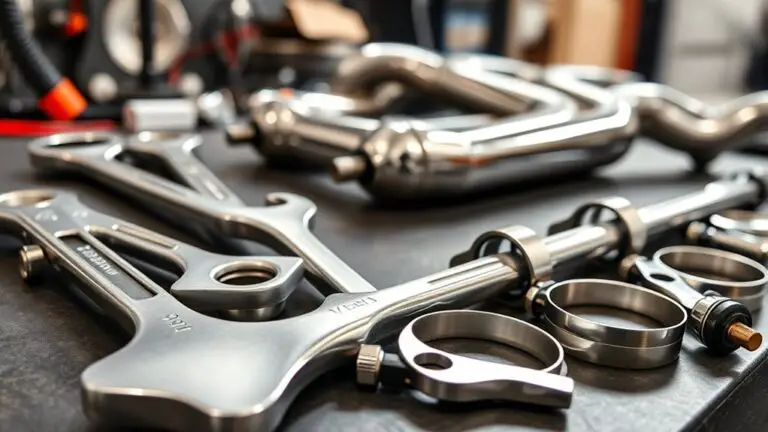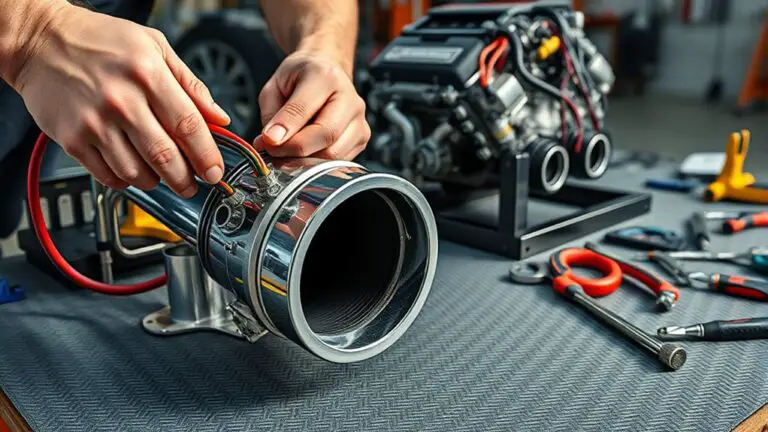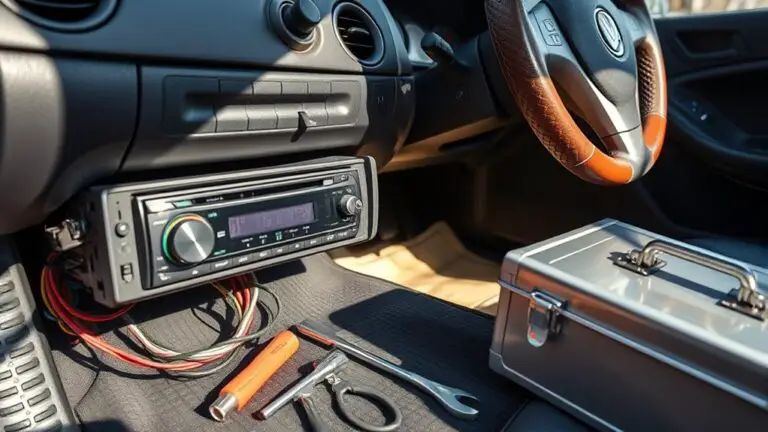Safety Checks After Major DIY Seat Heaters Projects
After a major DIY seat heater install, perform a structured safety review: verify electrical connections are secure, corrosion-free, properly rated, and fused with clear margins; confirm solid grounding and chassis bonding, plus EMI shielding and protected routing away from heat and moving parts. Validate even heat distribution with calibrated thermometers, guarantee insulation integrity and moisture…












